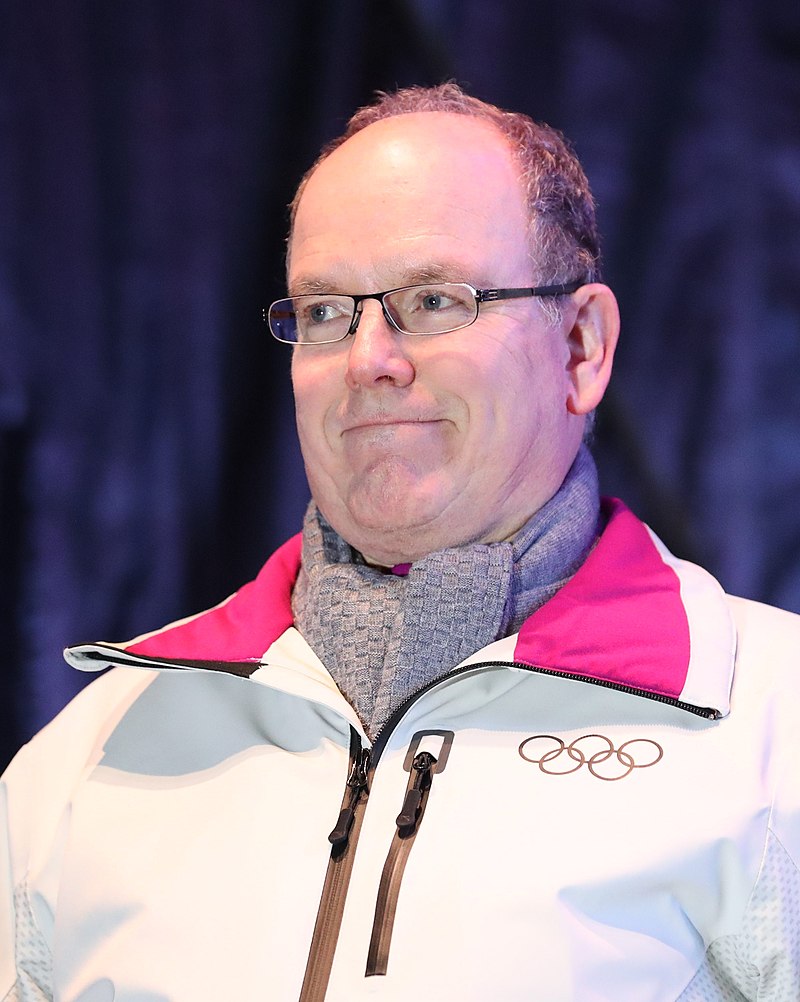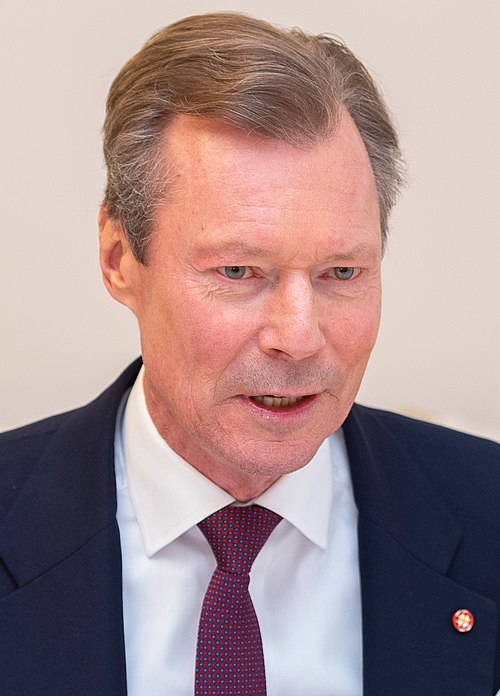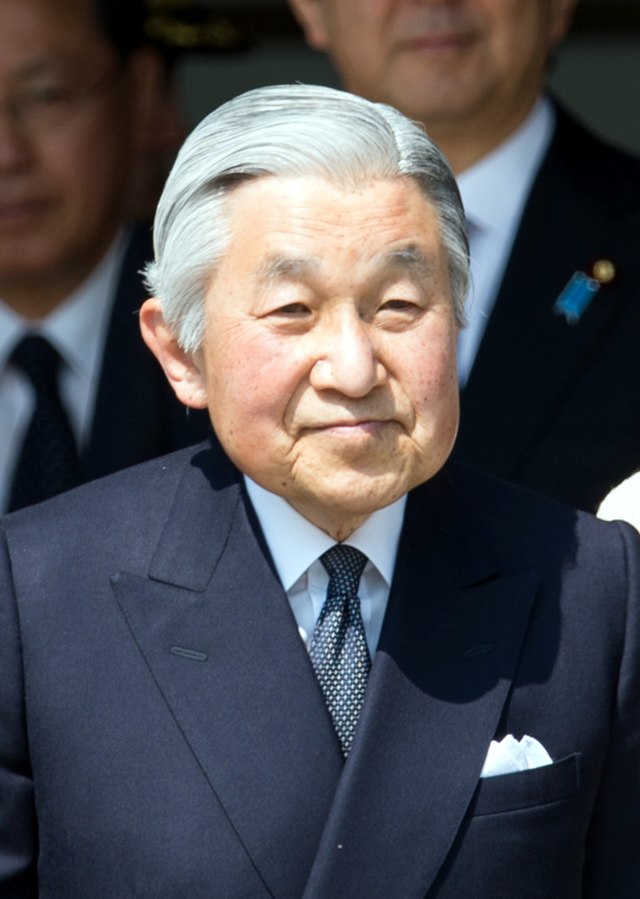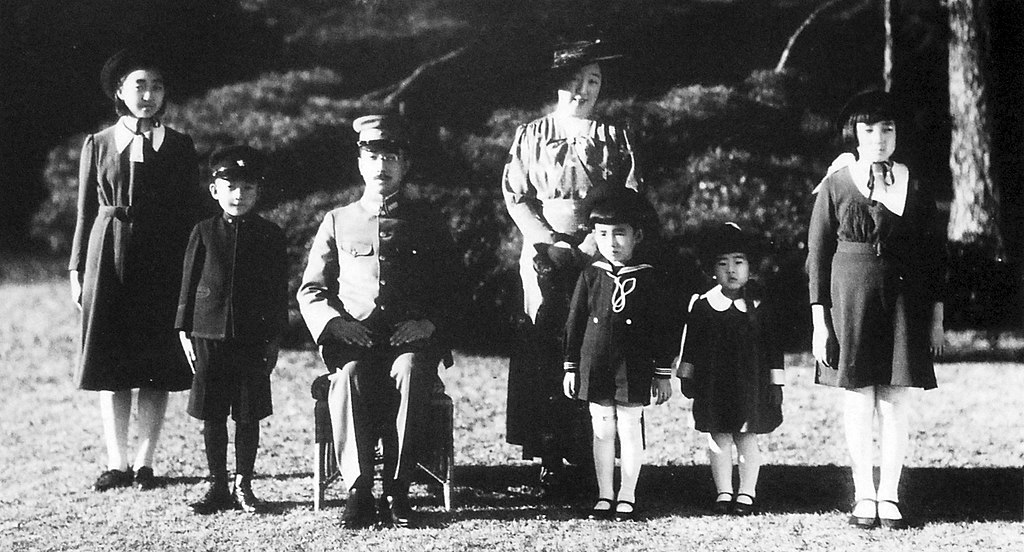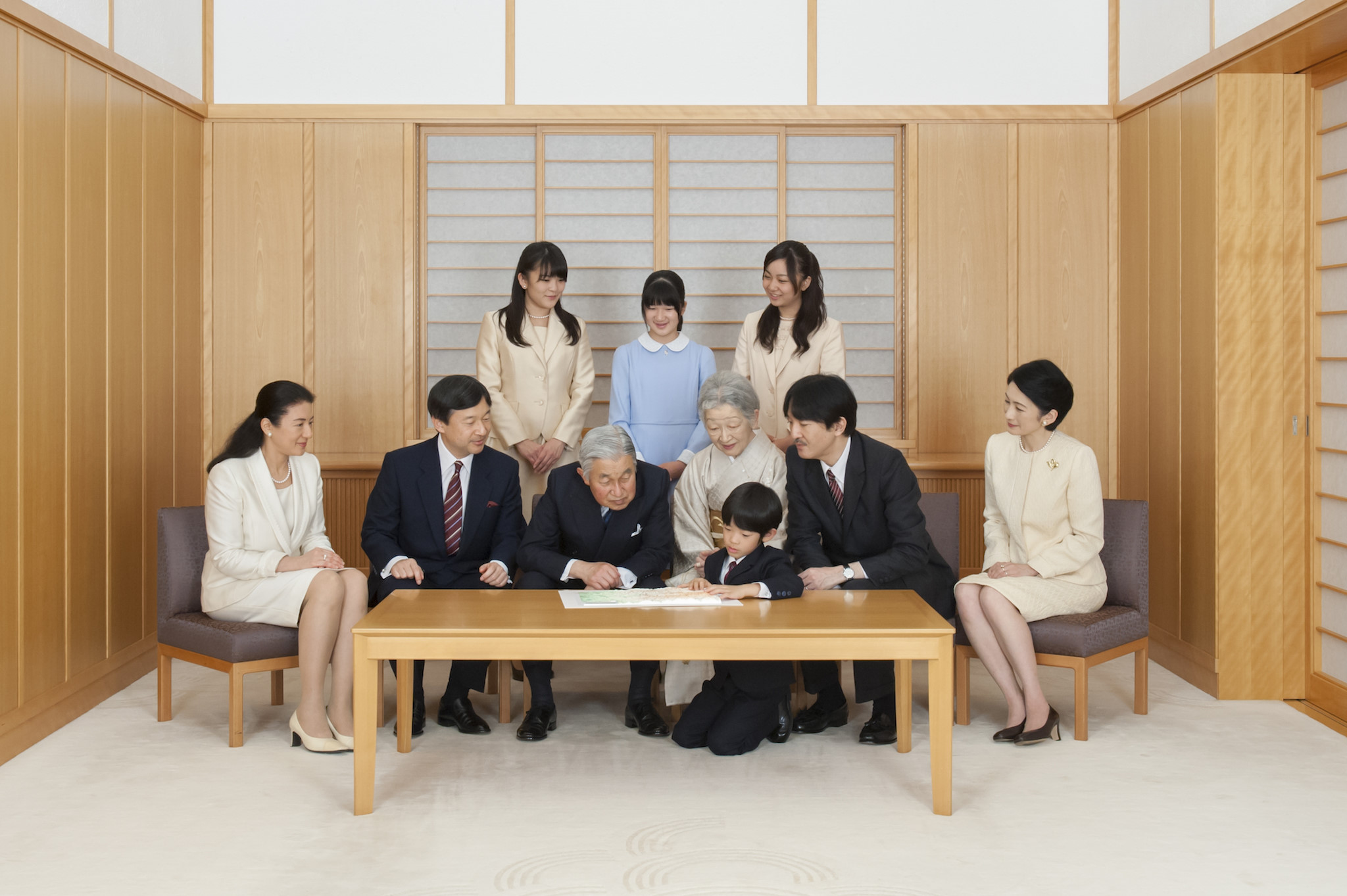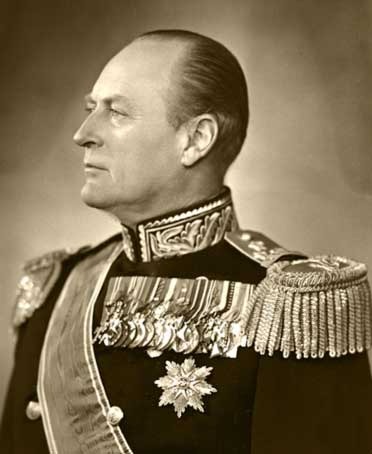by Susan Flantzer © Unofficial Royalty 2014

King Willem-Alexander of the Netherlands; Credit – Wikipedia
King Willem-Alexander of the Netherlands was born on April 27, 1967, at the University Medical Center in Utrecht, The Netherlands. He was the first of three sons of Queen Beatrix of the Netherlands and Claus von Amsberg.
Embed from Getty Images
Willem-Alexander held by his mother as his father looks on
The infant prince was christened Willem-Alexander Claus George Ferdinand as a member of the Dutch Reformed Church on September 2, 1967, in Grote of Sint-Jacobskerk in The Hague.
- Willem: traditionally, the first name of the heir to the throne.
- Alexander: a name his parents liked
- Claus: after his father
- George: after his paternal great-grandfather, Baron George von dem Bussche-Haddenhausen
- Ferdinand: after Ferdinand von Bismarck, his father’s best friend
His godparents were
- Prince Bernhard of Lippe-Biesterfeld, his maternal grandfather
- Gösta Freiin von dem Bussche-Haddenhausen, his paternal grandmother
- Ferdinand von Bismarck, best friend of his father
- Jelle Zijlstra, former Prime Minister of the Netherlands
- Renée Röell, a friend of his mother
- Queen Margrethe II of Denmark
King Willem-Alexander has two brothers:
- Prince Friso (1968 – 2013), married Mabel Wisse Smit, had two daughters
- Prince Constantijn (born 1969), married Laurentien Brinkhorst, had two daughters and a son
Willem-Alexander lived with his family at Drakensteyn in Baarn, The Netherlands until 1981, when the family moved to Huis ten Bosch in The Hague, The Netherlands. Along with his brothers, he attended Nieuwe Baarnse School and Het Baarnsch Lyceum in Baarn. After moving to Huis Ten Bosch in 1981, Willem-Alexander attended the Eerste Vrijzinnig Christelijk Lyceum in The Hague. He completed his secondary education at Atlantic College in Llantwit Major, Wales, where he received an International Baccalaureate in 1985.
From 1985 – 1987, Willem-Alexander received military training at the Royal Netherlands Naval College in Den Helder, The Netherlands. He then served on board the frigates HNLMS Tromp and HNLMS Abraham Crijnssen. He served as a reservist in the Royal Netherlands Navy until his accession to the throne in 2013, when he was honorably discharged.
In 1987, Willem-Alexander enrolled as a history student at Leiden University in Leiden, The Netherlands, and received his Master of Arts degree in 1993. While he was at Leiden University, Willem-Alexander was a member of the Minerva Student Society. The topic for his Masters dissertation was the Dutch response to France’s decision under President de Gaulle to leave NATO’s integrated command structure.

Willem-Alexander with his mother at his graduation in 1993; source: http://www.anp-archief.nl/
Willem-Alexander has long been interested in water management and sports issues. He was an honorary member of the World Commission on Water for the 21st century and patron of the Global Water Partnership. He was appointed as the Chairperson of the United Nations Secretary General’s Advisory Board on Water and Sanitation in 2006.
From 1995 – 1998, Willem-Alexander was a patron of the Dutch Olympic Games Committee. In 1998, he became a member of the International Olympic Committee. He resigned from the IOC upon becoming King in 2013.

King Willem-Alexander cheering on the Dutch speed skating team at the 2014 Winter Olympics in Sochi; Photo: Zimbio
In April 1999, Willem-Alexander met his future wife, Máxima Zorreguieta Cerruti (born 1971 in Buenos Aires, Argentina) in Seville, Spain, during the Seville Spring Fair. He did not introduce himself as a Prince, and at a later time, when he told Máxima who he was, she thought he was joking. Willem-Alexander and Máxima announced their engagement on March 30, 2001. The couple’s relationship caused significant controversy due to the role Máxima’s father, Jorge Zorreguieta, had in the Argentinian military dictatorship. Máxima’s father was forbidden to attend his daughter’s wedding. Willem-Alexander and Máxima were married on February 2, 2002, in a civil ceremony in the Beurs van Berlage in Amsterdam and then in a religious ceremony at Amsterdam’s Nieuwe Kerk.

Photo: Dutch Royal House
King Willem-Alexander and Queen Máxima have three daughters:
- Catharina-Amalia, Princess of Orange (born 2003)
- Princess Alexia (born 2005)
- Princess Ariane (born 2007)
On January 28, 2013, Willem-Alexander’s mother, Queen Beatrix, announced her intention to abdicate in favor of him. Queen Beatrix signed the Instrument of Abdication at the Royal Palace in Amsterdam on April 30, 2013. Afterward, Willem-Alexander was inaugurated as King at the Nieuwe Kerk, adjacent to the Royal Palace in Amsterdam.
When he became King of the Netherlands, Willem-Alexander resigned from most of his official executive functions. The reason given was that he wanted to be a “king of all”, which did not include executive functions of a limited number of organizations. Willem-Alexander remained actively involved with the Orange Fund because he considered it the most important of his organizations. He is the honorary patron of several organizations.
Willem-Alexander is an avid pilot and has said that if he had not been born a royal, he would have liked to be an airline pilot. During the reign of his mother, he regularly flew the Dutch royal aircraft on trips. In May 2017, Willem-Alexander revealed that he had served as a first officer on KLM flights for 21 years, flying twice a month, even after his accession to the throne. Willem-Alexander was rarely recognized while in the KLM uniform. A few passengers recognized his voice, although he never gave his name and only welcomed passengers on behalf of the captain and crew.
This article is the intellectual property of Unofficial Royalty and is NOT TO BE COPIED, EDITED, OR POSTED IN ANY FORM ON ANOTHER WEBSITE under any circumstances. It is permissible to use a link that directs to Unofficial Royalty.
Kingdom of the Netherlands Resources at Unofficial Royalty




